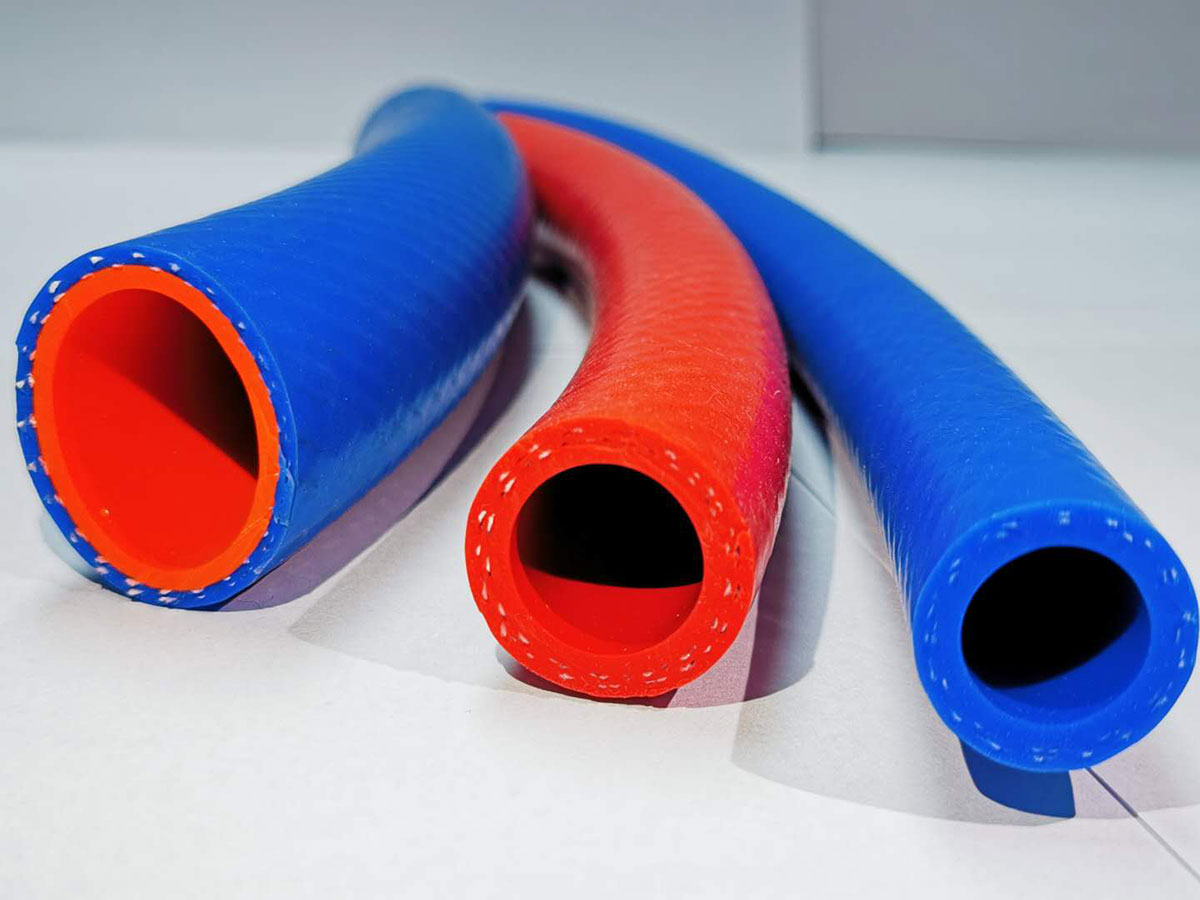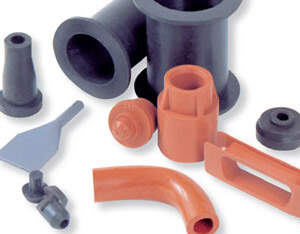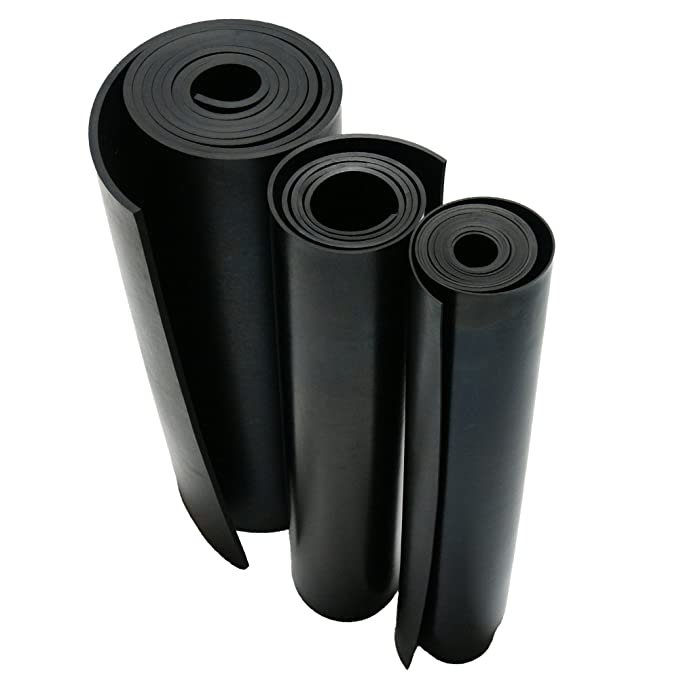Where are the Uses of Products Made with Rubber to Metal Bonding?
The manufacturing world needs a wide range of products to solve various purposes. The parts made using rubber to metal bonding are used in many industrial applications. They are primarily used for vibration reduction, shock absorption, comfort gripping, sealing, noise isolation and much more.
The elements of a rubber metal bond include metal inserts, magnets, special chaplet pins, and of course rubber.

The industries where products made using rubber to metal bonding are put to use include the automobile, aerospace, construction, medical, electrical, plumbing and many more industries.
The commonly used rubber to metal bonded parts include gaskets, seals, bearings, pedals and many more. In the automobile and aerospace industry, the parts are used for installing foot pedals, engine mounts, steering wheels and much more.
In the field of construction and manufacturing, rubber to metal bonded parts are helpful in developing product components like rollers lined with rubber, conveyor belts, bearing and gaskets. In the medical field, they are used in making the handles of surgical instruments.
The rubber to metal bonded parts also find their use in electrical plugs, cables, pipes and tanks.
It can be easily said that, molded products and fabric reinforced hoses are used extensively in most industries.
Products made using rubber to metal bonding have many applications. They are used in automobile, aerospace, medical and most other industries to install components.




